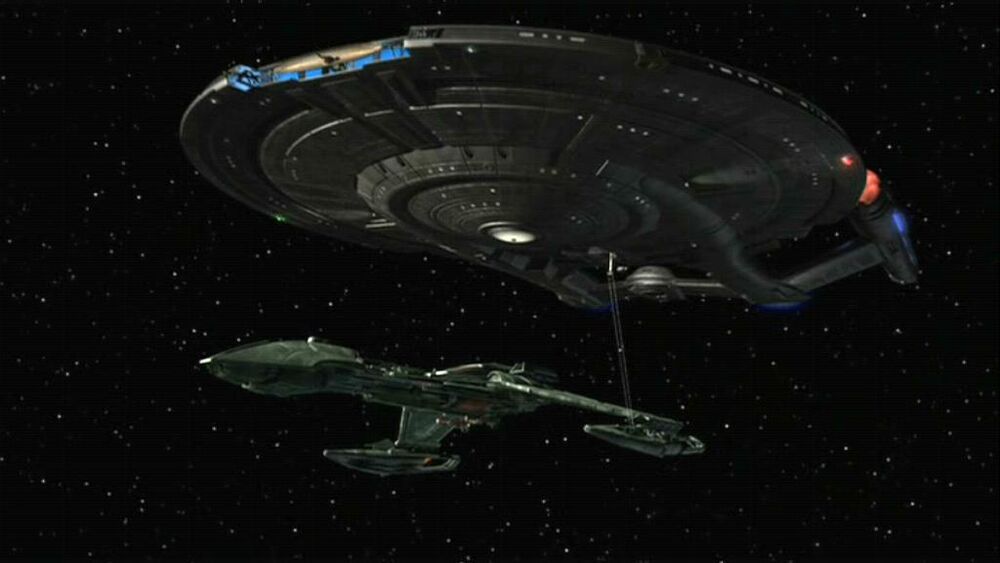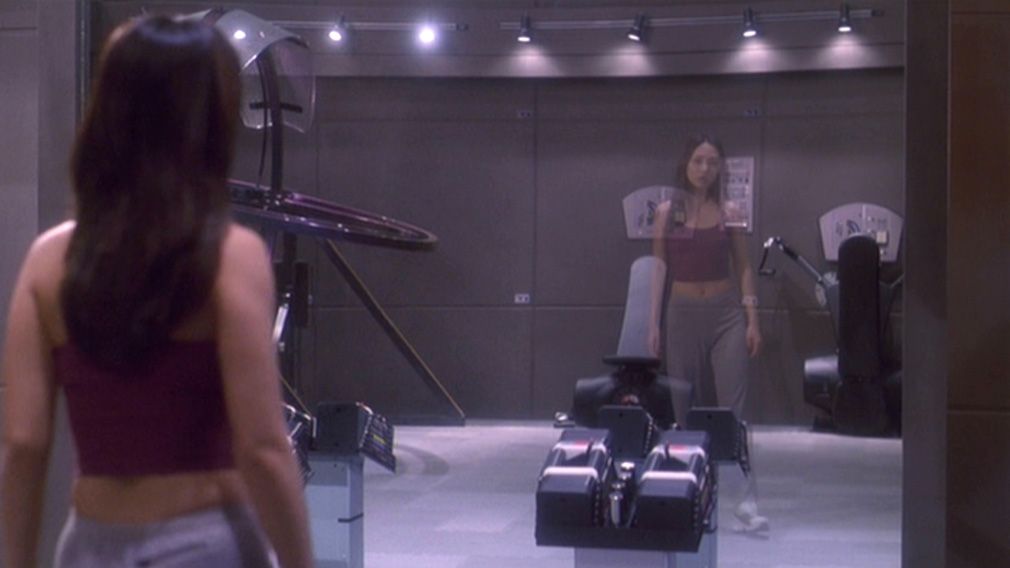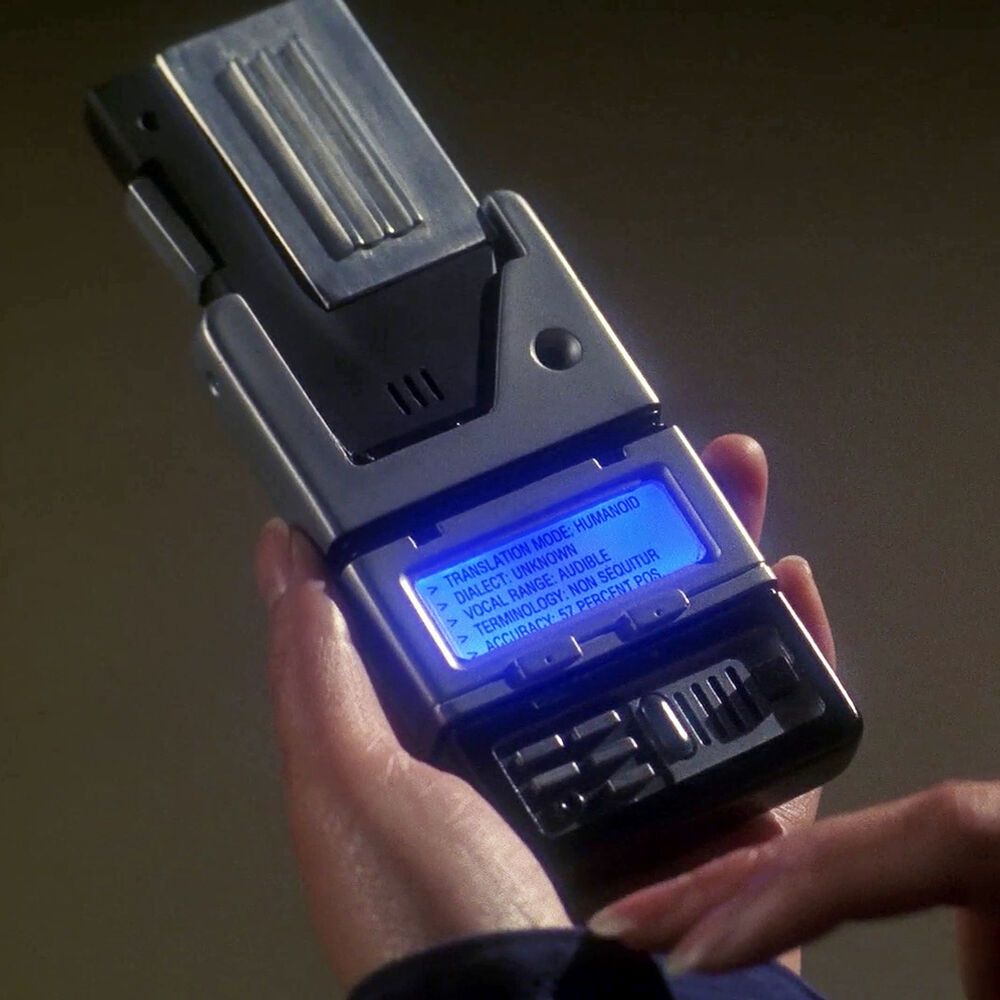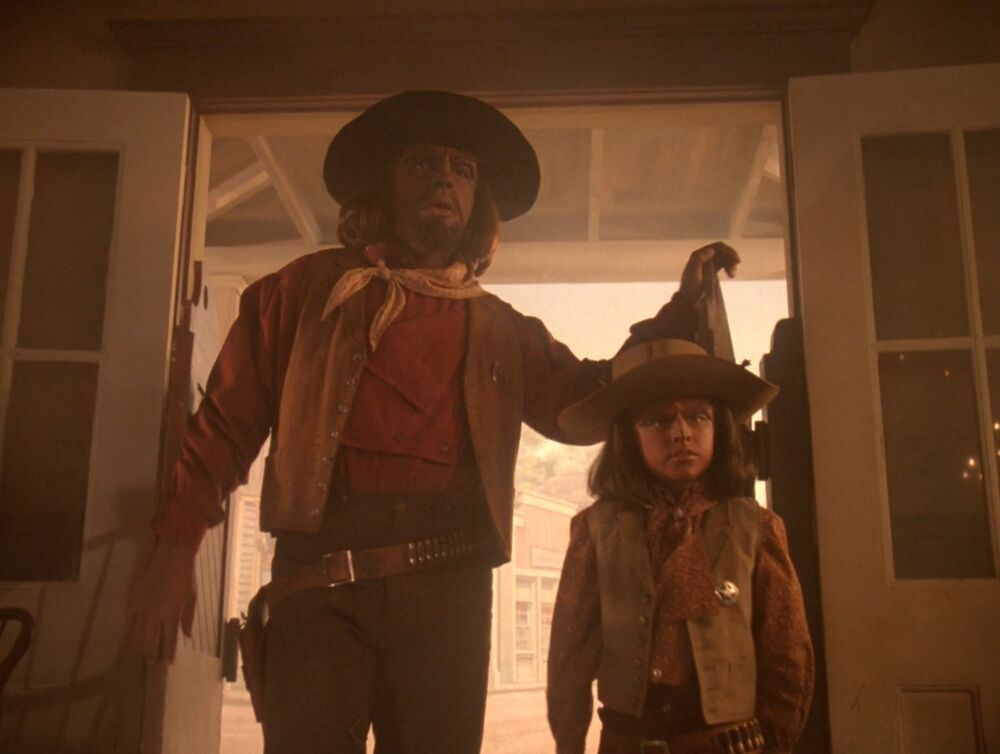The only Star Trek series that’s honest about technology

Star Trek and Star Wars are often positioned at opposite ends of the spectrum between science fiction and space fantasy — but both franchises are filled with fantastical technologies whose inner workings are never really explained to the audience. Both include faster than light travel, instantaneous communication across interstellar space, and artificial gravity generators that turn on like light switches, to name a few. But there is one oft-overlooked Star Trek series that breaks the mold by showing just how difficult it will be to develop many of the technologies future Starfleet officers take for granted: Star Trek: Enterprise.
Set in the mid-22nd century, the four-season prequel show chronicling the adventures of Captain Archer and the crew of humanity's first warp-5 capable starship may be best known for its cheesy pop song intro, its atrocious finale, and its abrupt cancellation due to low ratings. But having recently re-watched Enterprise, I’ve become convinced that the show as a whole is unfairly maligned. The tight-knit bridge crew of the Enterprise NX-01 includes fresh and interesting characters; the Xindi War that spans Season 3 features some of the most ambitious serialized plotlines of any Trek series to date. Enterprise also does something that no other Star Trek series has ever attempted: It shows us the messy, controversial origins of many quintessential Star Trek technologies.

In the series before and after Enterprise, things like universal translators and food replicators are a black box: They simply work. In Enterprise, they are buggy, first-generation prototypes that constantly frustrate the crew. By no means does Enterprise offer a realistic portrayal of what future space exploration will look like — but it does offer a taste of how much more difficult life on the final frontier will be without a litany of magical Federation technologies to lean on.
Take transporters, perhaps the most famous of all Star Trek innovations thanks to the apocryphal original series line “Beam me up, Scotty.” In the 23rd and 24th centuries, Starfleet officers don’t blink before stepping on a transporter pad to have their molecules disassembled. But back in the mid-2100s, transporter technology was brand new — and people were afraid of it. The NX-01 was equipped with the very first transporter rated for beaming biological matter, but crew members used it sparingly, preferring to take old-fashioned shuttles out on away missions. Reportedly, Captain Archer wouldn't even use it on his dog.

Transporter hesitancy is a central theme in “Vanishing Point,” a Season 2 episode in which linguist Hoshi Sato and chief engineer Trip Tucker are forced to beam back to Enterprise after a storm prevents them from leaving a planet in the shuttle they arrived on. Sato, while clearly afraid of getting her atoms scrambled by the beam machine, transports to the ship in one piece. But over the next few days, she has a series of increasingly disturbing and dissociative experiences, eventually becoming invisible to the rest of the crew. All of this, we learn at the end of the episode, was a hallucination that took place within the eight seconds that Sato's pattern was stuck in the transporter buffer.
It's a great allegory for concerns about how everyday technologies insidiously affect us. Sato’s fears about the transporter were ultimately unfounded, the effect they had on her was very real — not unlike the real symptoms some people report after being exposed to electromagnetic fields emitted by WiFi routers and cell phones, despite the fact that there's no scientific evidence that electromagnetic exposure is the root cause of what they're experiencing. (And to be fair to Sato, transporters do go on to cause all manner of spectacular problems, including de-aging crew members and splicing different people together.)
Other bedrock Trek technologies featured in Enterprise aren’t so much scary as they are, well, kind of shitty. Instead of food replicators that can make a steak dinner or ice cream sundae exactly as requested, the Enterprise NX-01 has a “protein resequencer” that replicates a limited variety of foods like scrambled eggs and meatloaf. Most of the crew's meals are cooked by an actual human chef and include veggies grown in an onboard hydroponic garden. Gardens and chefs are eventually phased out aboard starships as replicator technology improves, but they make a comeback hundreds of years later in Star Trek: Voyager. Apparently, when you’re stranded 70,000 light-years from home in the Delta Quadrant, home-cooked meals still offer some comfort.

Another piece of tech that the NX-01 crew leans on heavily despite its flaws is the universal translator. In later series, communication with aliens is rarely a problem at all, thanks to translators that miraculously make every non-human voice ring through the comms system in clear, 21st-century American English. Improbably, this even works with species the Federation has never encountered before and has no linguistic data on. Not so in Enterprise.
When Archer and his brave crew first sally forth, universal translators are still experimental technology, and a skilled linguist is needed in order to decipher alien languages. Sato is as talented as they come — before leaving Earth, she had already mastered 38 different languages. But she’s frequently frustrated with the limitations of the translator, which needs to hear samples of a language before it can help decode it, and which often makes mistakes. In a tense first contact situation, those mistakes can be a matter of life or death. By placing a linguist among the bridge crew and making her skills absolutely vital to the success of the Enterprise's mission, the show tacitly acknowledges something no other Star Trek series has: that simply finding ways to understand each other is always one of the biggest challenges we face when coming into contact with new cultures.
There are plenty of other Federation technologies that simply didn’t exist when the crew of the NX-01 took its first dilithium-powered leaps into the unknown. The ship doesn’t have a tractor beam to ensnare enemy ships, only a pair of clumsy grapplers. Instead of a holodeck where crew members can play pool, have a fantasy fling with a colleague, or reenact famous Scottish battles, they have to watch 2-D movies for entertainment. When the NX-01 first launched, it didn’t even have proper weapons to defend itself — phase cannons were installed only after Captain Archer and his crew realized that space is full of hostile aliens.

While these deficiencies probably seem like severe limitations from the perspective of more advanced 23rd and 24th-century spacefarers, for the show’s writers, they created new and unexpected opportunities for dramatic tension. Nothing is going to be easy about sending humans into interstellar space, and Enterprise — while still conceding that we’ll one day develop physically impossible faster than light travel — should be commended for its attempts to show the struggle.
Now if only somebody took Sato’s suggestion and installed seatbelts on future Enterprise bridges, the Federation really would be an advanced society. But I suppose that would make everything a bit too easy for Starfleet.